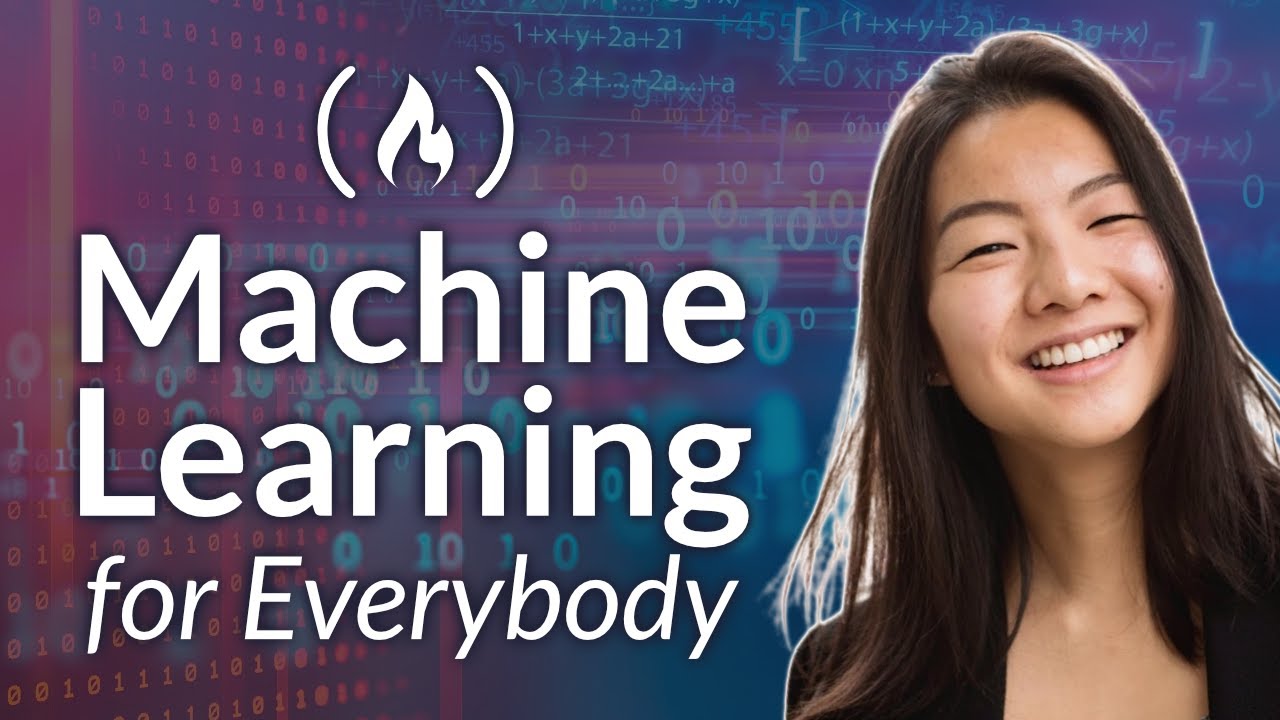Overview of Data and Google Colab
In this Machine Learning course, we will embark on a comprehensive journey to introduce you to the fascinating world of machine learning. Our first stop is an overview of data, which is the backbone of any machine learning project. Understanding how to work with data is crucial for success in machine learning.
What is Data?
Data refers to any information that can be used to describe or analyze a situation. It can take many forms, including numbers, text, images, and more. In machine learning, data is typically stored in a structured format, such as tables or spreadsheets, which makes it easier to manipulate and analyze.
Google Colab: A Platform for Writing and Executing Python
To work with data in this course, we will be using Google Colab, a platform that allows you to write and execute Python code directly in the browser. This means you don’t need to install any software or set up a local environment on your computer.
Google Colab is a powerful tool for machine learning because it provides an instant-gratification environment where you can experiment with ideas quickly. With Google Colab, you can:
- Write Python code in cells
- Execute the code instantly
- View results in real-time
Basics of Machine Learning
Now that we have our data and tools ready, let’s dive into the basics of machine learning.
What is Machine Learning?
Machine learning is a subfield of artificial intelligence (AI) that enables computers to learn from experience without being explicitly programmed. In other words, machines can improve their performance on a task over time by analyzing data and adjusting their behavior accordingly.
Key Concepts in Machine Learning
Some fundamental concepts in machine learning include:
- Features: These are the input variables used to train a model.
- Classification: This is a type of supervised learning where the goal is to predict the class or category of an instance based on its features.
- Regression: This is another type of supervised learning where the goal is to predict a continuous value.
Preparing Data for Machine Learning Tasks
Preparing data for machine learning tasks involves several steps, including:
- Data Cleaning: Removing any irrelevant or missing information from the dataset.
- Data Transformation: Converting the data into a suitable format for analysis.
- Feature Engineering: Creating new features that can help improve model performance.
Machine Learning Algorithms
In this course, we will cover several machine learning algorithms, including:
K-Nearest Neighbors (KNN)
KNN is a supervised learning algorithm used for classification and regression tasks. The basic idea behind KNN is to find the closest neighbors of a new instance based on their features.
How KNN Works
- Data Preprocessing: Cleaning and transforming the data.
- Model Training: Finding the closest neighbors for each instance.
- Prediction: Predicting the class or category of a new instance based on its nearest neighbors.
Naive Bayes
Naive Bayes is another supervised learning algorithm used for classification tasks. It assumes that all features are independent and identically distributed, which simplifies the prediction process.
How Naive Bayes Works
- Data Preprocessing: Cleaning and transforming the data.
- Model Training: Calculating the probabilities of each feature given a class label.
- Prediction: Predicting the class label with the highest probability.
Logistic Regression
Logistic regression is a supervised learning algorithm used for classification tasks. It models the probability of an instance belonging to a particular class based on its features.
How Logistic Regression Works
- Data Preprocessing: Cleaning and transforming the data.
- Model Training: Calculating the probabilities of each feature given a class label.
- Prediction: Predicting the class label with the highest probability.
Support Vector Machine (SVM)
SVM is a supervised learning algorithm used for classification and regression tasks. It finds the optimal hyperplane that separates the classes in feature space.
How SVM Works
- Data Preprocessing: Cleaning and transforming the data.
- Model Training: Finding the optimal hyperplane that separates the classes.
- Prediction: Predicting the class label based on its distance from the hyperplane.
Neural Networks
Neural networks are a type of machine learning model inspired by the structure and function of the human brain. They consist of layers of interconnected nodes (neurons) that process and transmit information.
What is TensorFlow?
TensorFlow is an open-source platform developed by Google for building, training, and deploying neural networks. It provides a simple and efficient way to implement complex machine learning models.
How to Build a Classification Neural Network using TensorFlow
To build a classification neural network using TensorFlow, follow these steps:
- Import the necessary libraries: Importing TensorFlow and other required libraries.
- Load the data: Loading the dataset into memory.
- Preprocess the data: Cleaning and transforming the data for model training.
- Build the model: Creating a neural network architecture using TensorFlow.
- Train the model: Training the model on the preprocessed data.
- Evaluate the model: Evaluating the performance of the trained model.
Linear Regression
Linear regression is a fundamental algorithm in machine learning used for predicting continuous values based on their features.
How to Implement Linear Regression
To implement linear regression, follow these steps:
- Import the necessary libraries: Importing scikit-learn and other required libraries.
- Load the data: Loading the dataset into memory.
- Preprocess the data: Cleaning and transforming the data for model training.
- Build the model: Creating a linear regression model using scikit-learn.
- Train the model: Training the model on the preprocessed data.
K-Means Clustering
K-means clustering is an unsupervised learning algorithm used for grouping similar instances based on their features.
How to Implement K-Means
To implement k-means clustering, follow these steps:
- Import the necessary libraries: Importing scikit-learn and other required libraries.
- Load the data: Loading the dataset into memory.
- Preprocess the data: Cleaning and transforming the data for model training.
- Build the model: Creating a k-means clustering model using scikit-learn.
- Train the model: Training the model on the preprocessed data.
Principal Component Analysis (PCA)
PCA is an unsupervised learning algorithm used for dimensionality reduction by transforming high-dimensional data into lower-dimensional representations.
How to Implement PCA
To implement PCA, follow these steps:
- Import the necessary libraries: Importing scikit-learn and other required libraries.
- Load the data: Loading the dataset into memory.
- Preprocess the data: Cleaning and transforming the data for model training.
- Build the model: Creating a PCA model using scikit-learn.
- Train the model: Training the model on the preprocessed data.
By following this comprehensive Machine Learning course, you will gain hands-on experience with various machine learning algorithms, providing a solid foundation for further exploration in the field.
Additional Resources
For more information and practice exercises, visit the course page or explore other resources on the web.










